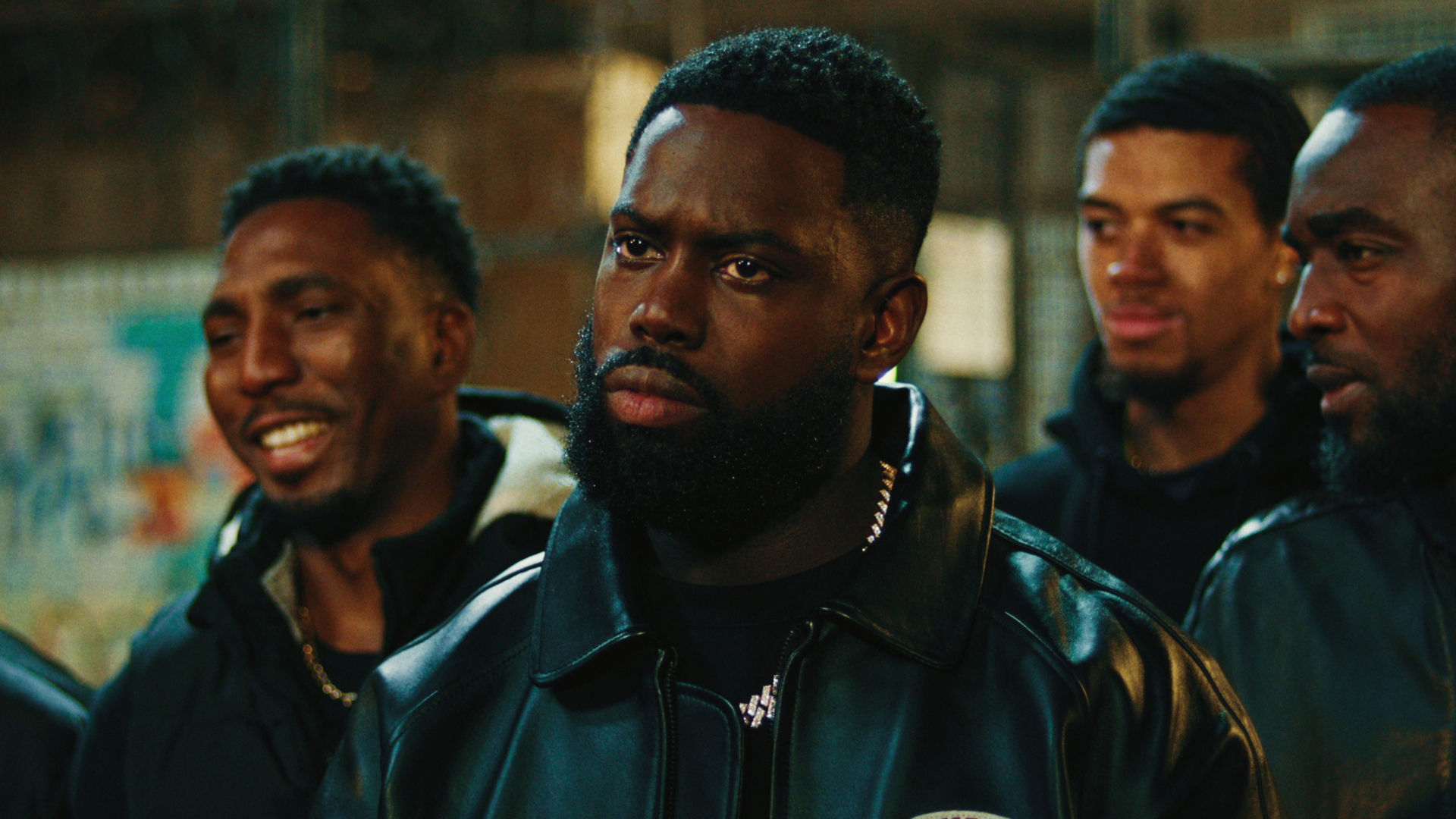SHUTTER (2008) – Guilt Framed in Shadows
Shutter is a chilling psychological horror film from Thailand that crossed cultures with its haunting themes of guilt and unresolved trauma. The story centers on a young photographer named Tun and his girlfriend Jane. After a tragic accident on a deserted road their lives spiral into fear when unexplained images appear in Tun’s photographs—images they cannot escape.
What begins as weird anomalies on film develops into a realm of creeping dread. Shadowy figures appear at the edge of frames. Shapes distort. Faces lurk just out of focus. Tun tries to dismiss it as reflection or coincidence, but the images grow more disturbing with each new photo. Jane watches as Tun’s obsession deepens.
The horror unfolds without gore. Instead it creeps through isolation, memory, and the supernatural. The couple moves into a house unsettled by dark history. They discover a secret tied to their past. Each revelation peels back layers of emotional denial. The ghost they chase is not evil for its own sake—it is a memory demanding justice.
Visually Shutter plays with light and decay. Photographs become ghosts in motion. Long shadows stretch across rooms. Faces materialize in grainy negatives. The film uses silence and stillness masterfully. Music is sparse. Instead ambient noise amplifies tension—the drip of water, the click of shutter, a distant breath.
The performances anchor the fear in humanity. Tun shifts from loving boyfriend to guilt ridden shell haunted by what he witnessed. Jane wrestles with confusion, grief, and the fear that her partner has become a stranger. Their bond becomes both a lifeline and a fragile echo.
Shutter resonates because it is about more than ghosts. It is about moral shadows, things buried beneath the surface that refuse to stay hidden. It is a story where images speak louder than words. What appears in the frame may be lost forever—but the memory of wrong remains. The true horror is not in the ghost. It is in the truth that the ghost reveals.



